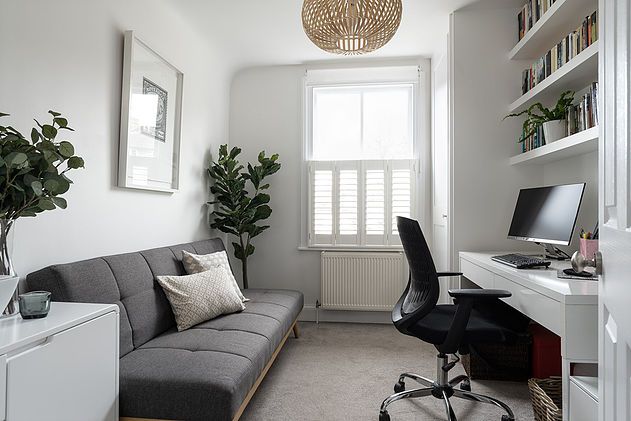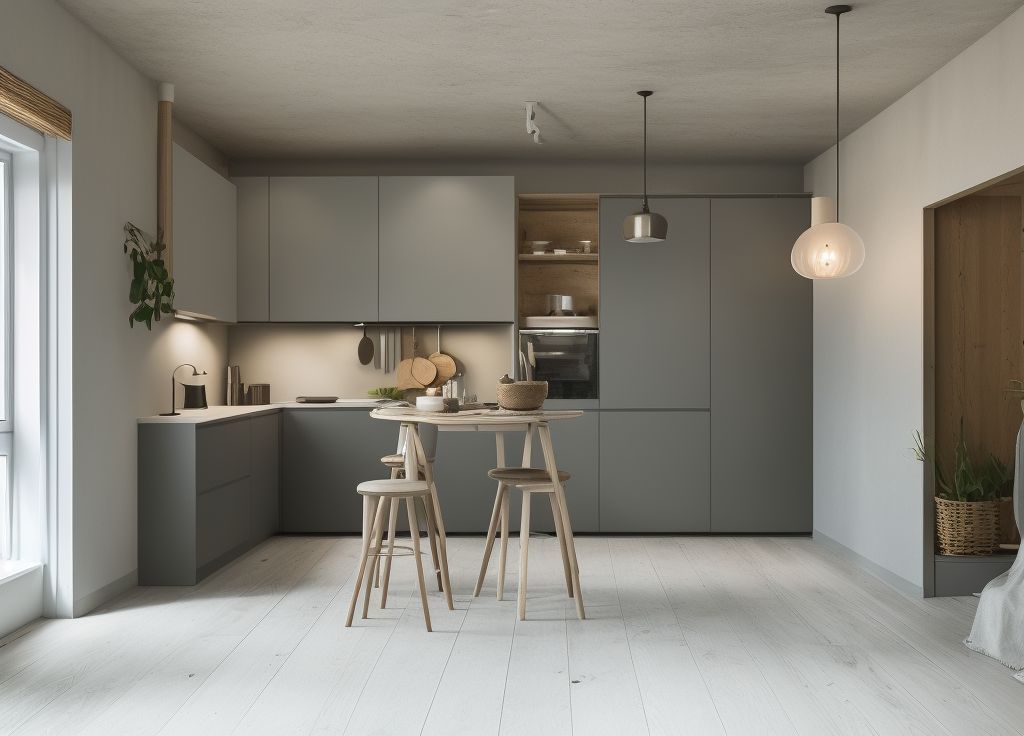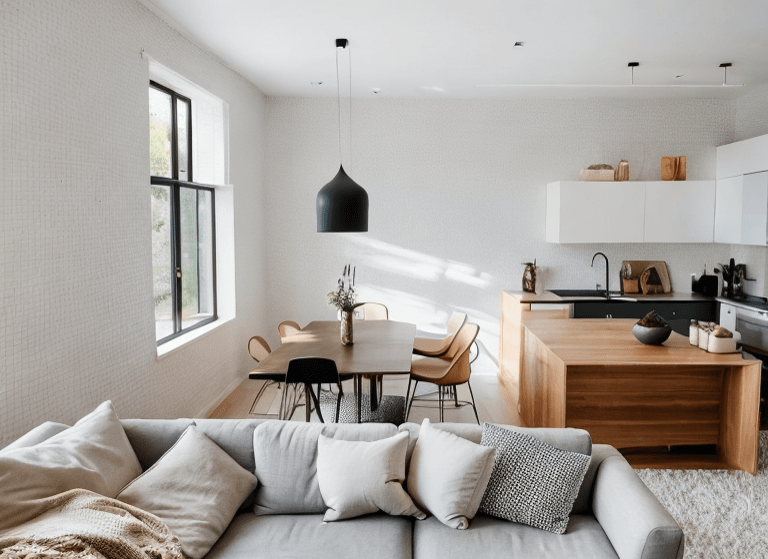AI suggestions for optimizing functionality and style in compact areas.
In an era where urban living and smaller spaces are becoming increasingly common, optimizing functionality and style in compact areas has never been more crucial. Whether it’s a tiny apartment, a small office, or a cozy café, maximizing space while maintaining aesthetic appeal can be a challenging task. Fortunately, advancements in artificial intelligence (AI) are paving the way for innovative solutions that enhance both the functionality and style of compact environments. This article explores how AI can assist in achieving these goals.

▎1. Smart Space Planning
AI-Powered Design Tools:
AI-driven design applications can analyze the dimensions of a room and suggest optimal layouts. These tools consider factors such as natural light, traffic flow, and user preferences to create functional arrangements that maximize space. By inputting the dimensions of a compact area, users can receive tailored suggestions for furniture placement, ensuring that every square foot is utilized effectively.
Virtual Reality (VR) Integration:
Combining AI with VR technology allows users to visualize different design options in real-time. Users can walk through virtual representations of their spaces, experimenting with various layouts and styles before making any physical changes. This immersive experience helps in making informed decisions about functionality and aesthetics.
▎2. Multi-Functional Furniture
Smart Furniture Solutions:
AI can recommend multi-functional furniture pieces that serve dual purposes, such as a sofa bed or a coffee table with storage. By analyzing lifestyle patterns and needs, AI tools can suggest the best furniture options that fit seamlessly into compact spaces without compromising style.
Customization Algorithms:
Some AI platforms allow users to customize furniture designs based on their specific requirements. For example, an AI tool could suggest a desk that transforms into a dining table, adapting to the user’s needs throughout the day.
▎3. Efficient Storage Solutions
AI-Driven Organization Systems:
AI can analyze the contents of a space and suggest optimal storage solutions. For instance, smart shelving systems can be designed to fit perfectly into awkward corners or under-utilized spaces, providing stylish storage options that enhance organization while maintaining aesthetic appeal.
Predictive Analytics for Inventory Management:
In commercial settings, AI can help businesses manage inventory more efficiently by predicting which items are used most frequently. This enables companies to optimize storage space by placing high-demand items within easy reach while keeping less frequently used items tucked away.
▎4. Lighting Optimization
Smart Lighting Systems:
AI technology can analyze natural light patterns in compact areas and recommend lighting solutions that enhance both functionality and ambiance. For example, smart lighting systems can adjust brightness based on the time of day or occupancy, ensuring that spaces remain well-lit without being overwhelming.
Mood-Based Lighting Recommendations:
AI can also suggest lighting designs that align with specific moods or activities. For instance, a cozy reading nook might benefit from warm, soft lighting, while a workspace could require brighter, more focused illumination.
▎5. Color and Material Recommendations
AI Color Palettes:
Color plays a significant role in how compact spaces feel. AI tools can analyze existing decor and suggest complementary color palettes that create an illusion of spaciousness or enhance the overall aesthetic. By using data from successful design trends, AI can provide color recommendations tailored to individual tastes.

Material Optimization:
AI can also recommend materials that not only look good but are also practical for small spaces. For instance, lightweight materials can make furniture easier to move around, while durable finishes can withstand wear and tear in high-traffic areas.
▎6. Personalized Style Suggestions
Style Assessment Algorithms:
AI algorithms can assess users’ preferences through questionnaires or analysis of their social media activity. Based on this data, AI can suggest styles that resonate with the user’s taste while ensuring that the selections work well within the constraints of compact areas.
Trend Analysis:
By analyzing current design trends and consumer behavior, AI can provide insights into popular styles that maximize both functionality and aesthetic appeal. This information helps users stay ahead of design trends while ensuring their spaces remain stylish.
▎Conclusion
As urban living continues to rise and compact spaces become more prevalent, the need for innovative solutions to optimize functionality and style is paramount. AI offers a range of tools and technologies that empower individuals and businesses to make informed decisions about space planning, furniture selection, storage solutions, lighting, and more. By leveraging these advanced capabilities, anyone can transform a compact area into a beautifully functional space that reflects personal style without sacrificing comfort or practicality. Embracing AI in design not only enhances living and working environments but also paves the way for a more efficient and aesthetically pleasing future.




